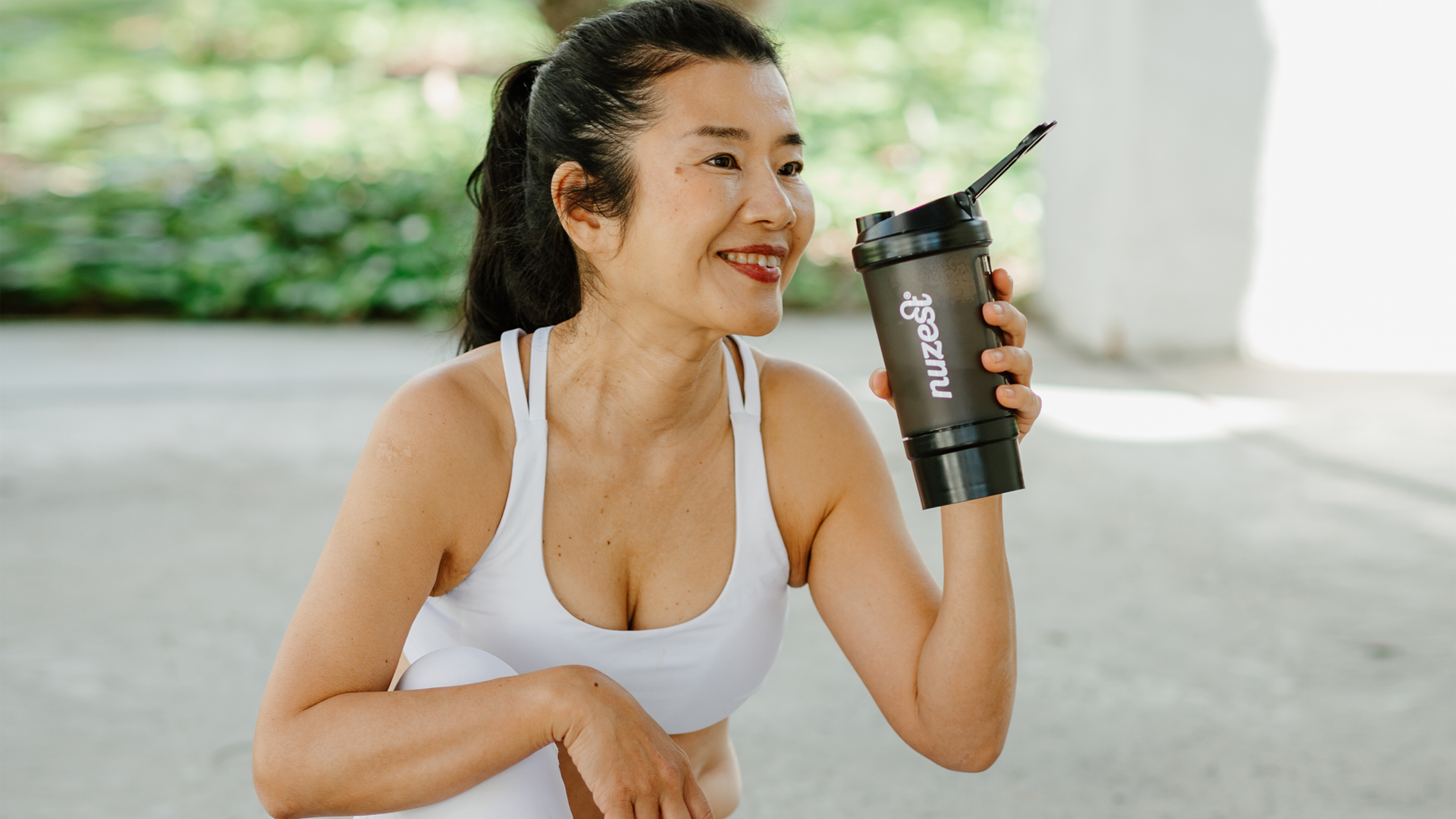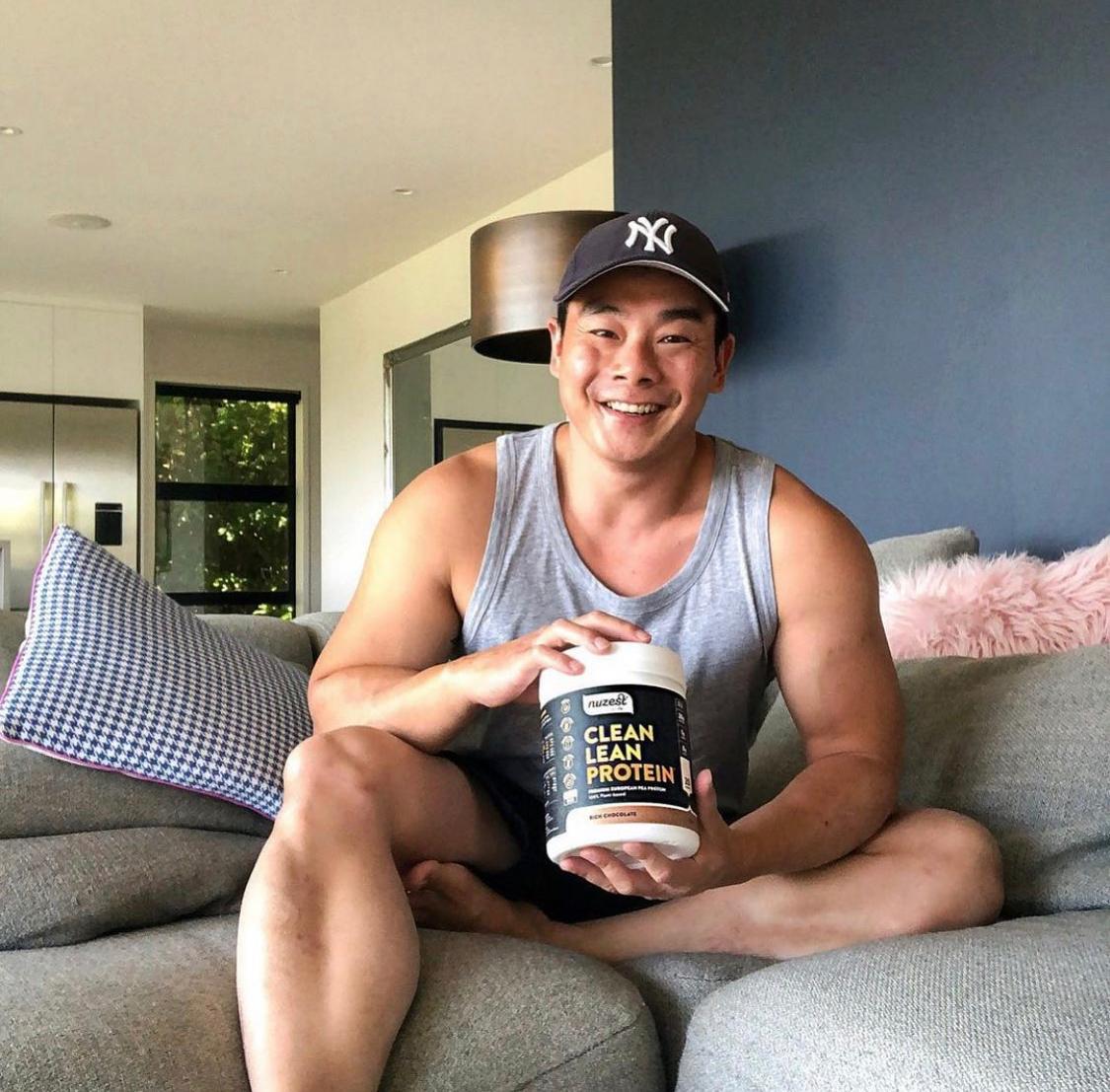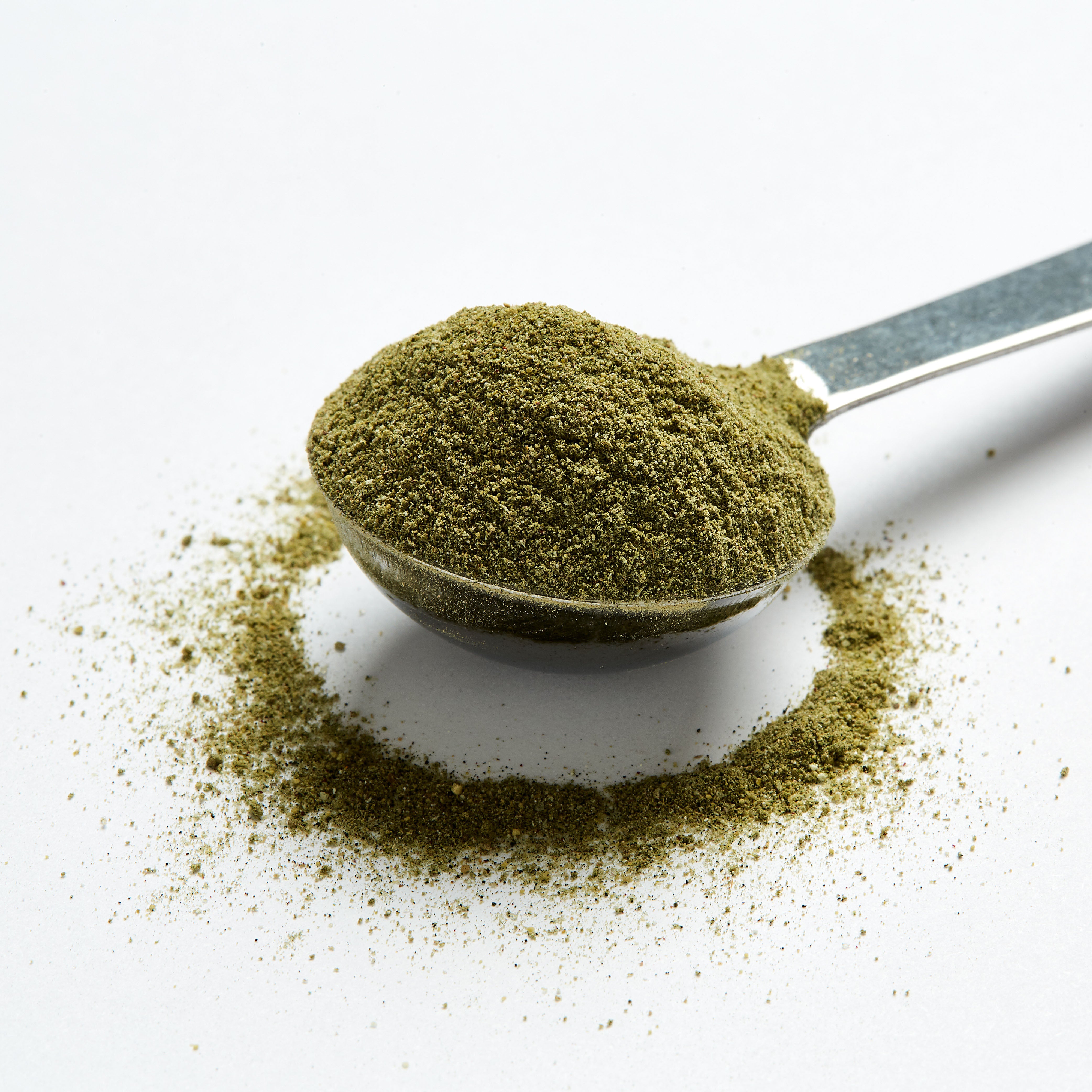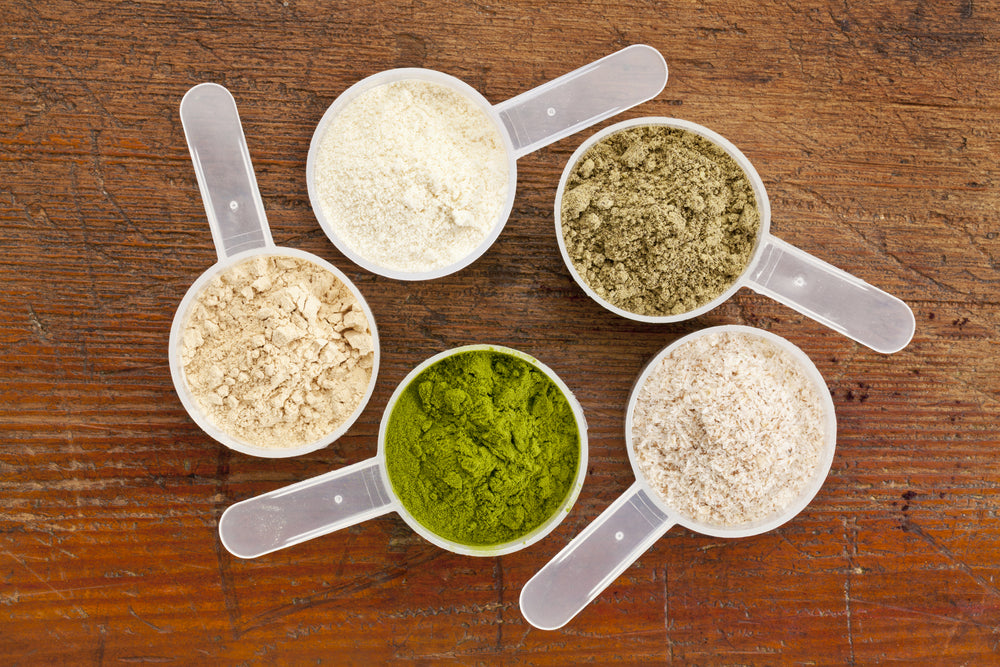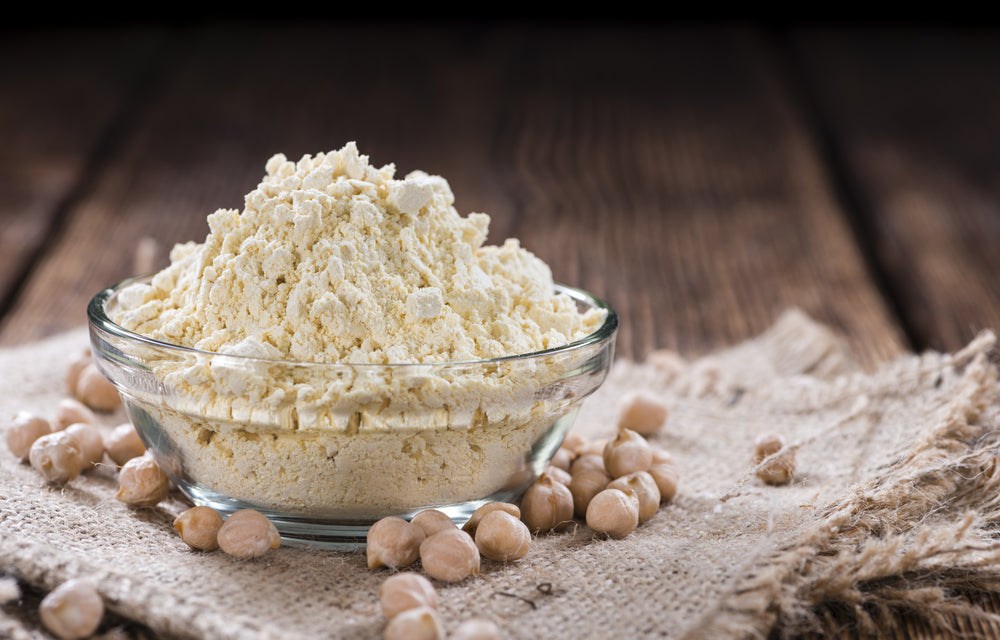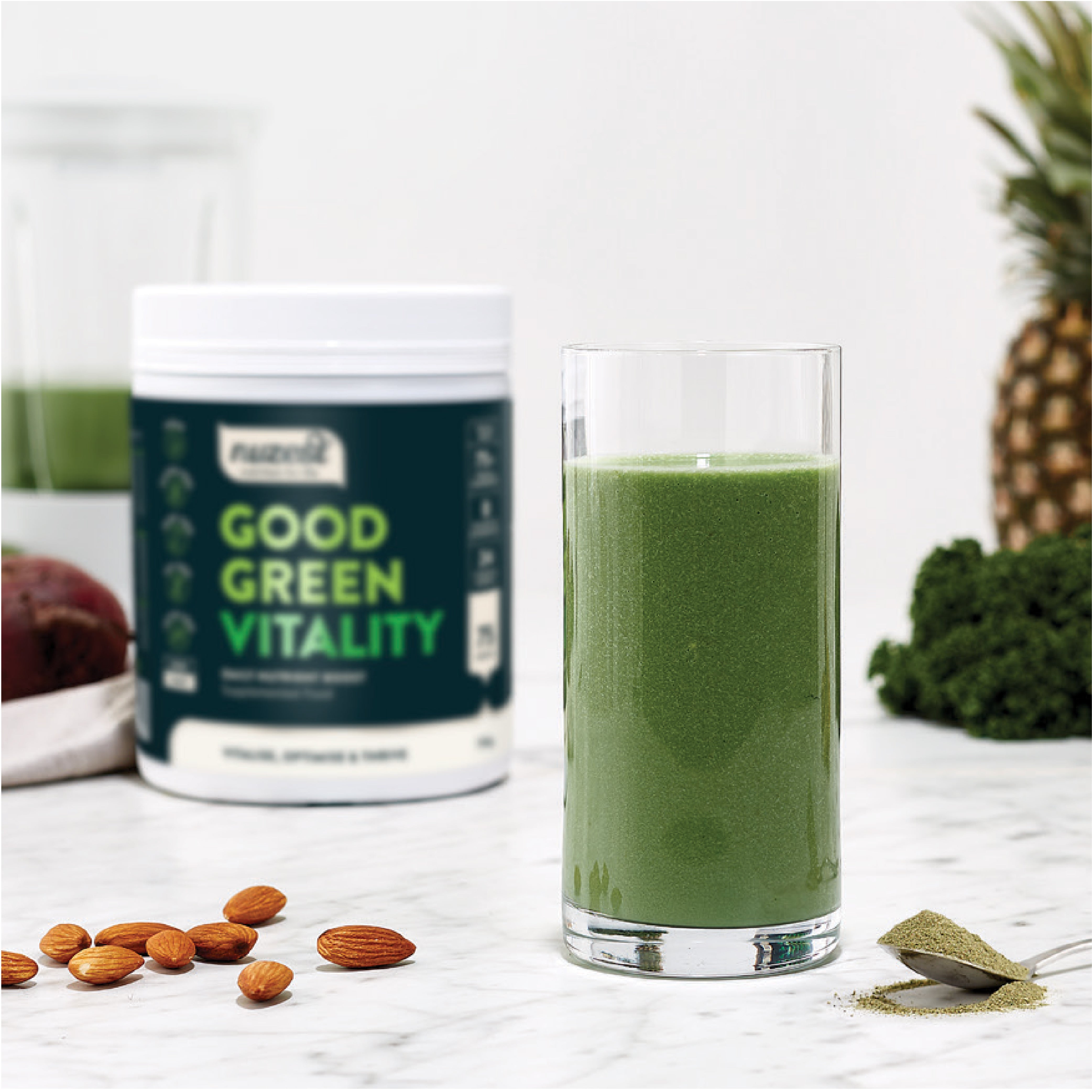Getting your body in the best condition for effective fat & weight loss.
Do you workout at least three times a week, but don't see the fats melting away? Yet you know of people who move no more than twice a week, still lose fat and keep it off. It almost seems unfair.
'What's their secret?', you think.
Well, there's no secret. In the nutrition world, nutrition coaches have this simple formula for fat loss:
Calorie input > Calorie output = weight gain
Calorie input < Calorie output = weight loss
So if your body fat percentage and weight seems to have stagnated despite your best efforts, it's time to look at your diet. Is it filled with refined and processed carbohydrates such as white bread, white rice/noodles, egg noodles, pasta, pizza, and cakes, or glucose- or sugar-laden energy drinks?
As you can quickly see, this is a carb-rich diet (sugar becomes carbs in the body). However, for fat loss, we need to reduce the consumption of carbohydrates so that the body burns fat. Thus, there has been increasing interest in Low-Carb-High-Fat diets that promote weight loss.
Other than What you eat, also equally important is When you eat and How much you eat. This is closely linked to the calorie output part of the equation, which we shall address below by looking at the science of what the body uses for fuel during intense activity periods.
FUEL SOURCES
Most people think that as long as they get in some form of exercise for 30-minutes, they are burning fat because their heart rate increases, they become short of breath, and they start to perspire profusely. Unfortunately, when we do aerobic exercises, the most readily accessible fuel that the body uses is not fats, carbohydrates or protein - it is glycogen. This compound is produced from complex carbs found in vegetables or grains from our most recent meal, and it would have been stored in our liver and muscles. There's usually 500g to 800g of stored glycogen, which is the main fuel for the first 60 to 90 minutes of moderate intensity exercise.
Thus, exercising for less than 30-minutes will barely touch your body fat reserves. All you've done is depleted your body glycogen reserve. Then if you hydrate with an energy drink mid-workout or post workout, the glycogen stores would have been replenished. No fat burning has happened!
So, how can the fat burning be activated? Here are three tips to get the fats melting, and staying off.
- High-Intensity Interval Training: As its name suggests, HIIT is high-intensity movements, done in short bursts with rests of the same duration in between each exercise. The intensity of this form of training activates the mitochondrial and fat burning functions of the body. It's tough, but it is short, sharp, fuss free (no need of much equipment and can be done anywhere), and you continue to feel the effects of the workout for at least 24-hours after.
With regular training, your metabolism becomes stronger and your body will begin to burn fat more efficiently. Your body will also begin to generate ketones at low levels, also known as nutritional ketosis, which helps with memory, and also helps to burn fat as you sleep.
If you have specific weight loss goals to achieve, you can consider working with a personal trainer to adapt your HIIT workout to match your goals. There are even HIIT routines suitable for people with chronic illnesses such as diabetes, heart disease, obesity, and cancer.
After each HIIT workout, ensure that you consume about 20g of good quality protein to help your muscles to recover. Do this ideally within 30-minutes of completing the workout.
For a good quality protein that is easily absorbed by the body, opt for Clean Lean Protein - add a scoop to your water, coconut water, or nut mylk in a shaker bottle, and enjoy chilled.
- Superset Training: This is an alternative to HIIT workouts, and involves free weights. A form of strength training, a superset is when you alternate between two exercises without taking a rest in between. So as an example of a superset for the arms and shoulders, you would complete 20 reps of side lateral raise and immediately go into 20 reps of alternate dumbbell press. You may take a rest after this set to catch your breath or take a sip of water, before repeating the set another three times.
Likewise, the intensity of a superset training will activate the fat burn in your body.
Depending on your endurance, it is possible to train for 60-minutes when doing supersets. Should this be the case, consider adding branched chain amino acids and a good quality multi-nutrient with your protein, post workout. Here's where a scoop of Good Green Stuff comes in handy: it is packed with more than 75 ingredients that meets your daily vitamin, minerals, and nutrient needs.
- Intermittent Fasting: If for some reason you're unable to increase your output i.e. exercise, then you'll have to decrease your input. One method that has long been used by athletes of sports that have weight class (powerlifting, mixed martial arts, rowing, boxing) is intermittent fasting. This is a pattern of eating less, and less often - a cycle of feasting followed by famine (more about this in the article Why Most Weight Loss Diets Fail).
On an intermittent fast, the rule is to eat no sooner than five hours after your last meal. Another rule is to eliminate all refined and processed carbohydrates, which we have mentioned earlier. Lastly, since it is a fast, snacks between meals are out too. Throw in a couple of training sessions when you're on a fast, and your body will quickly shift into fat burning mode.
Usually, intermittent fasting should be taken on with the guidance of a nutrition or health coach. The coach will assess your training intensity and schedule, as well as your end-goal of the intermittent fasting, so as to come up with a fasting schedule and food plan suitable for you.
END GAME
By keeping in mind that weight loss happens when the output is more than the input, the choice is then to change our eating habits - how much, what, when - and/or increase our movement habits. When the conditions for the body is right, it will start to burn fat more efficiently.
Article by Patricea Chow



















